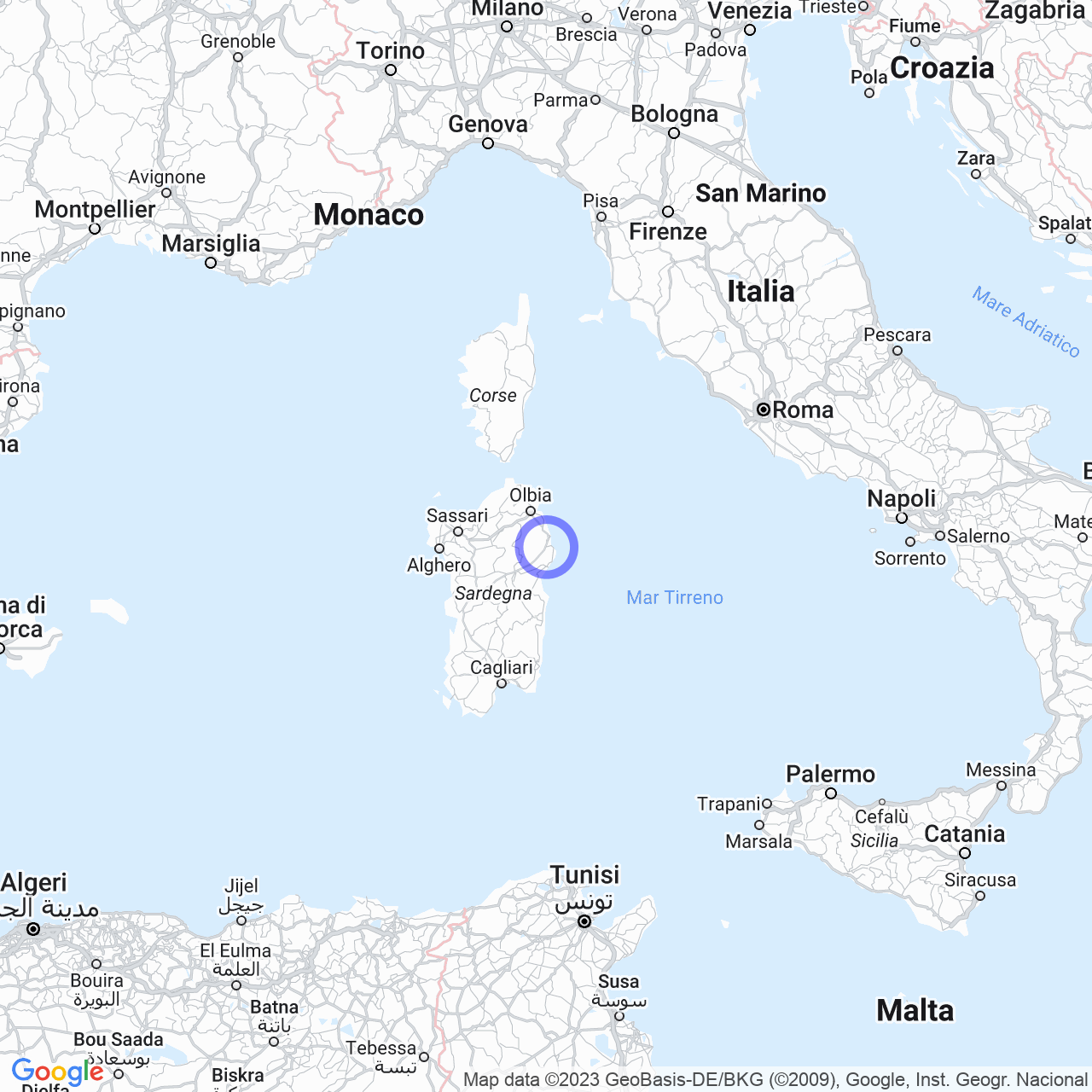Siniscola
Introduction to Siniscola
Hello everyone! Today I want to talk about the Municipality of Siniscola, located on the eastern coast of Sardinia, in the province of Nuoro. This city is very important for the historical subregion of Baronie, as it represents its most important center. About 11,150 inhabitants live in this municipality, and its name might have pre-Roman origins. But let's see together what it is all about.
Origins of the name
The name "Siniscola" may derive from the Latin "fīnis scholae" which means "border of the land". However, the inhabitants interpret the name as "fīnis colle", meaning "at the foot of the hill". We do not know much about the true origin of the name, but what we do know for sure is that Siniscola is a city rich in history.

History
Pre-Nuragic and Nuragic Period
Siniscola is rich in artifacts dating back to the pre-Nuragic and Nuragic periods. For example, we have geometric micro-liths in flint and obsidian of the trapezoid and semi-circular type, attributable to the ancient Neolithic period (6000 BC). In addition, traces of human habitation dating from the Neolithic period have been found outside Elène Portiche cave, situated on the western slope of Monte Lattu. On Monte Albo (Arvu), we can find several Nuraghe, such as Sas piperas, Punta 'e su pitzu, Bona fraule, Concas, Sa punta 'e sa thurulia, Punta nurache, Punta su ramasinu, Punta ischiriddè, and several caves such as Sa prejone e s'orcu, Sa conca ruja. On Monte Lattu stands the Nuraghe Sa gurutta, at the foot of Monte Tintiri stands the Nuraghe Gorropis, at the mouth of the river Siniscola stands the Nuraghe Sa domo bianca. At Bèrchida, we can find the Nuraghe Conca umosa, Paule 'e luca and the village of Rempellos. There are also the Nuraghe Artora, the tomb of the giants of Su piccante, Sas colovranas and Su itichinzu on the promontory of Capo Comino. Finally, there is the Nuraghe Nidu de abile, in Capo Comino, now reduced to a pile of ruins, on the top of the homonymous punta (126 m above sea level). The Domus de janas of Cuccuru 'e Janas are located between Siniscola and La Caletta.
Medieval History
In the year 1100, the village of Siniscola was included in the curatorship of Posada, belonging to the giudicato of Gallura. From around 1300, the giudicato of Gallura was directly subjected by Pisa and ruled by a vicar. Under the rule of Pisa, Terranova (Olbia) and Orosei were surrounded by walls and became medieval municipalities; at the same time, the ports of Terranova, Orosei, Santa Reparata, Posada, and Santa Lucia di Siniscola were strengthened. With the Aragonese conquest of Sardinia in 1323, the Pisan period drew to a close. In the mid-14th century, the Aragonese fragmented the judicial Gallura into various administrative entities, marking the definitive division of the judicial territory between today's Gallura and that of the ancient Bassa Gallura (present-day Baronia) with its main center in Orosei.
What to visit in Siniscola
If you love Sardinian history and culture, Siniscola is the right place for you. Here, you can admire beautiful Nuraghe and prehistoric caves. But not only that: the city also has fantastic beaches, such as Sa Ena 'e s'Aquila or Berchida. If you like trekking, you can also climb the Monte Albo chain, where you can admire a splendid view of the sea and the Sardinian countryside. Otherwise, you can visit the historic center of the city, where you can appreciate the old buildings, courtyards, and small churches.
What to eat in Siniscola
Sardinian cuisine is famous all over the world for its variety and genuine natural flavors. In Siniscola, you can taste typical Sardinian dishes such as "cassola", "maialetto arrosto", "porcheddu", "culurgiones", "fregula", and "sebadas". All of these are best accompanied with a glass of Cannonau, an excellent Sardinian red wine.
Conclusions
In short, Siniscola is a city full of history and culture. Here, you can visit extraordinary monuments and taste typical Sardinian dishes. You won't regret it!
